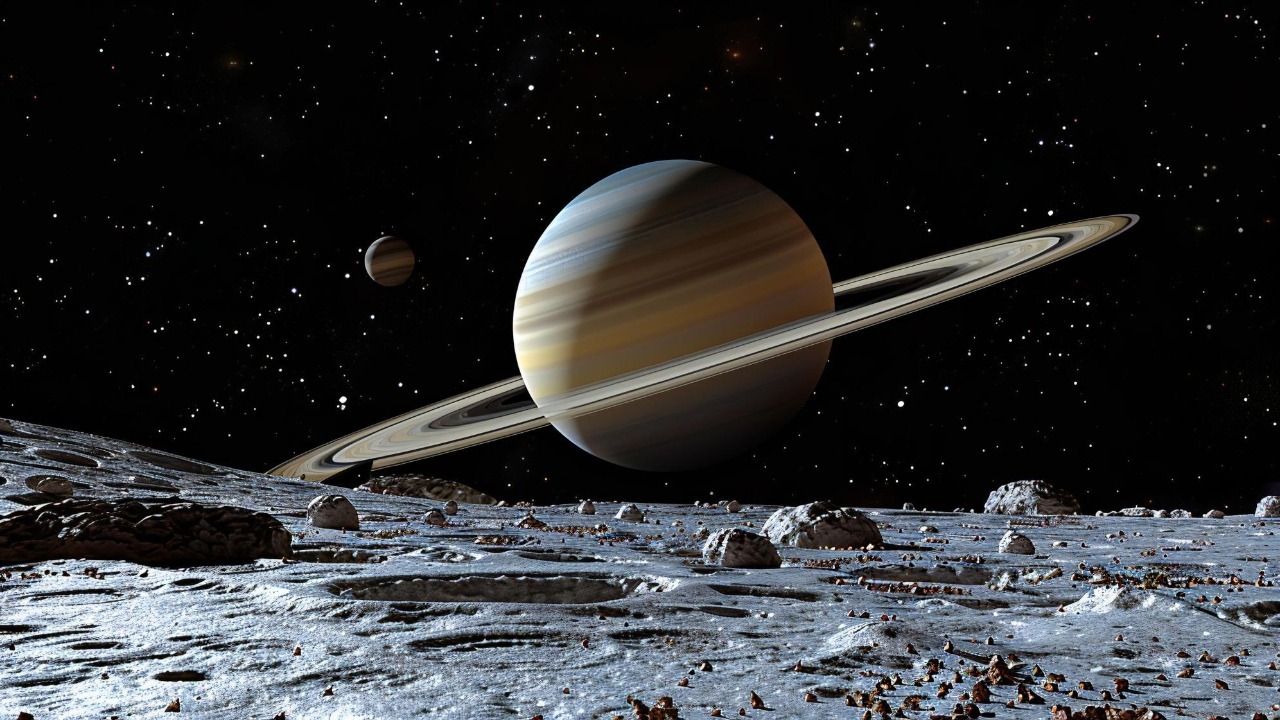
Saturn’s rings, one of the most iconic and visually stunning features of our solar system, are gradually fading away. Scientists have long marveled at these rings, studying their intricate details and pondering their origins. However, current research indicates that these magnificent structures are disappearing, leading to new insights into the future of Saturn and the broader cosmos.
The Discovery of Saturn’s Rings
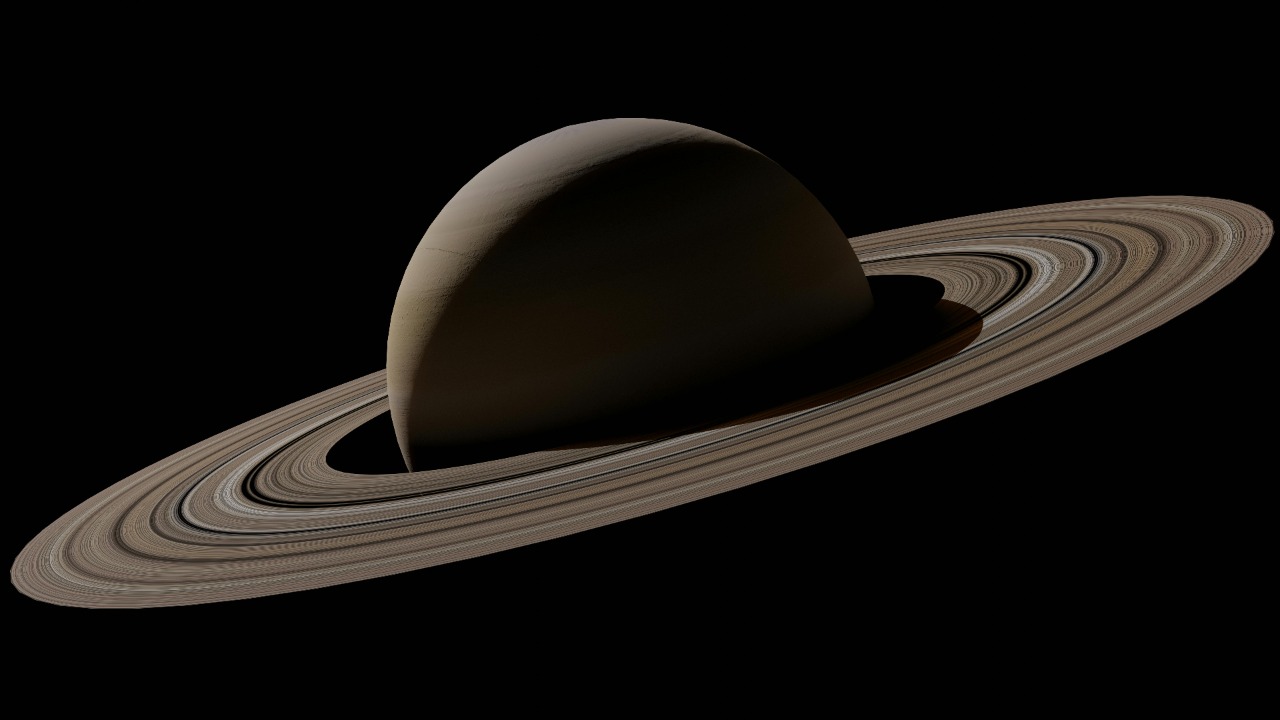
The rings of Saturn were first observed in 1610 by the renowned astronomer Galileo Galilei, who, with his rudimentary telescope, noted the peculiar appendages on either side of the planet. Initially, Galileo was baffled, describing them as “ears” or “handles.” It wasn’t until 1655 that the Dutch astronomer Christiaan Huygens, with a more advanced telescope, correctly identified these features as rings. Early theories about their origins ranged from remnants of destroyed moons to primordial material leftover from the planet’s formation.
The advancement of technology has significantly enhanced our understanding of Saturn’s rings. The advent of more powerful telescopes allowed astronomers to study them in greater detail, revealing the complex structure and dynamic nature of the rings. Space missions like the Voyager flybys in the 1980s and the Cassini-Huygens mission, which orbited Saturn from 2004 to 2017, provided unprecedented insights. These missions captured high-resolution images and gathered data that challenged earlier assumptions and refined our understanding of these celestial wonders.
The Composition and Structure of Saturn’s Rings
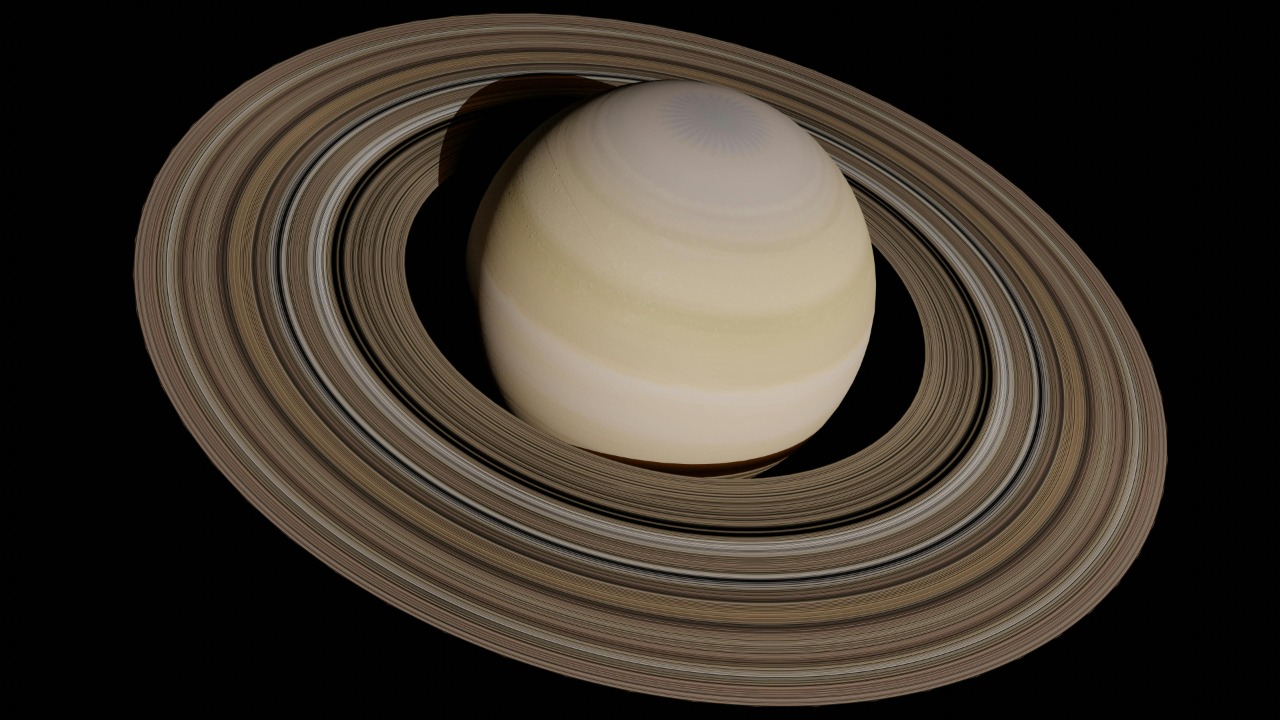
Saturn’s rings are primarily composed of countless particles of ice and rock, ranging in size from micrometers to meters. This diverse composition creates the spectacular visual effect seen from Earth. The particles are believed to be remnants of comets, asteroids, or shattered moons that were torn apart before they could plunge into Saturn. The varying sizes and densities of these particles contribute to the intricate patterns and gaps observed within the rings.
The structure of the rings is a marvel of celestial mechanics. Saturn’s gravity plays a crucial role in maintaining the rings’ shape and position. The planet’s gravity, coupled with the gravitational influence of its numerous moons, creates a dynamic environment where particles constantly collate and disperse. This gravitational interplay results in a series of ringlets and gaps, with some areas densely packed with particles while others are almost entirely empty. The famous Cassini Division, a wide dark gap between the A and B rings, is a prime example of this gravitational sculpting.
Mechanisms Behind the Disappearance
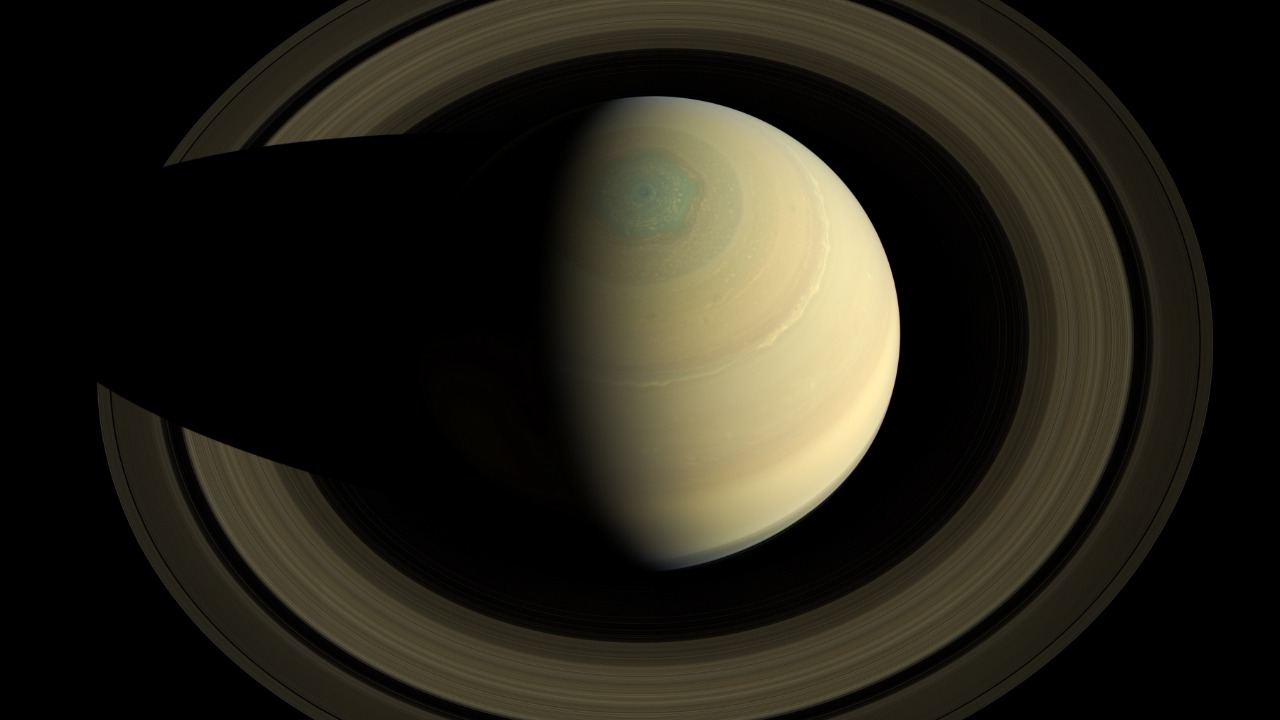
One of the primary mechanisms causing the rings to disappear is a process known as “ring rain.” This phenomenon occurs when charged particles from the rings are pulled into Saturn’s atmosphere by its magnetic field. These particles, composed mainly of water ice, are influenced by Saturn’s magnetosphere, which guides them along magnetic field lines into the upper atmosphere. Once there, they disintegrate and become part of the planet’s atmosphere, effectively reducing the mass of the rings over time.
The impact of solar radiation also plays a significant role in the rings’ dissipation. The Sun’s energy affects the particles within the rings, causing them to become electrically charged. This charging process increases the interaction between the rings and Saturn’s magnetic field, accelerating the ring rain process. As a result, the Sun’s influence not only contributes to the gradual loss of material from the rings but also alters the delicate balance that maintains their structure.
Rate of Disappearance and Future Projections
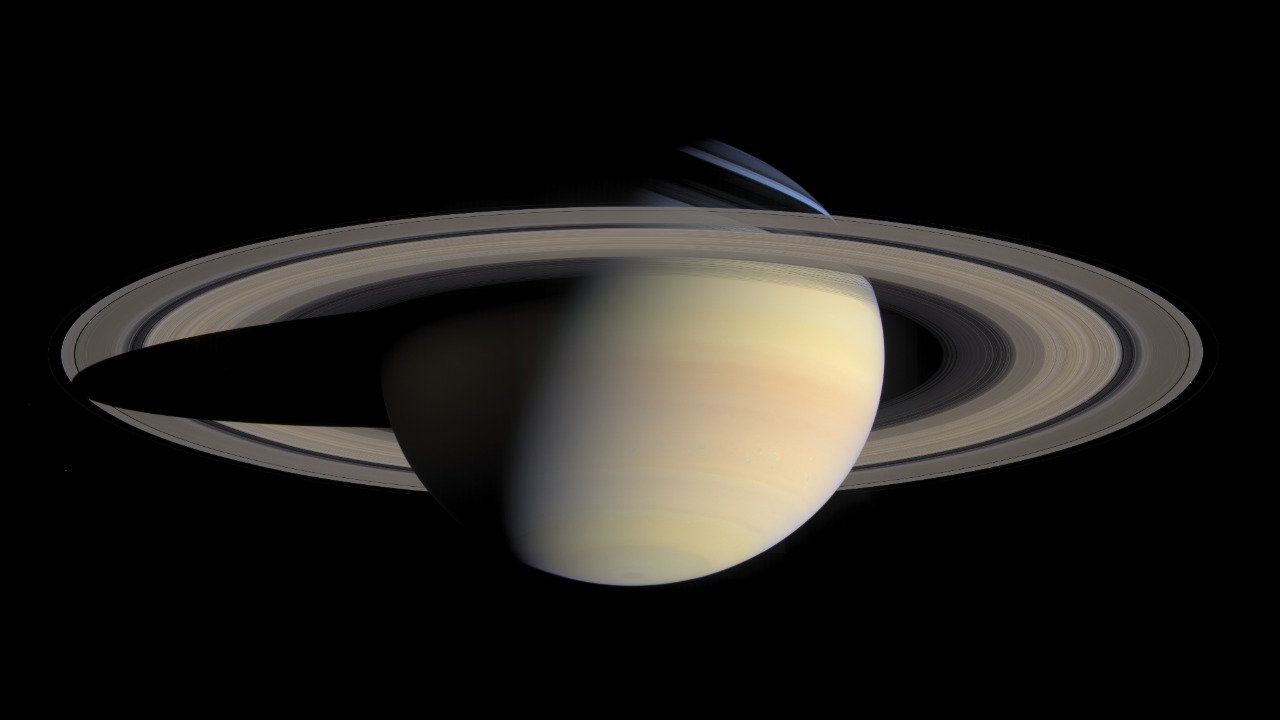
Current observations indicate that Saturn’s rings are disappearing at an alarming rate. Data from recent studies suggest that the rings could vanish within a few hundred million years—a blink of an eye in cosmic terms. The Cassini spacecraft provided critical insights into the rate of this loss, estimating that the rings are shedding material at a rate that aligns with the worst-case scenarios predicted by scientists. NASA’s research highlights that these majestic structures are ephemeral, and their disappearance is a natural part of planetary evolution.
Projections for the future of Saturn’s rings are sobering. If the current rate of loss continues, it is possible that the rings could become invisible to telescopes from Earth within the next few centuries. Astronomical events and observations scheduled in the coming decades may capture the gradual fading of the rings, providing valuable data for understanding their evolution. However, as the rings continue to dissipate, future generations may only know of them through historical records and images.
Implications for Planetary Science and Astronomy
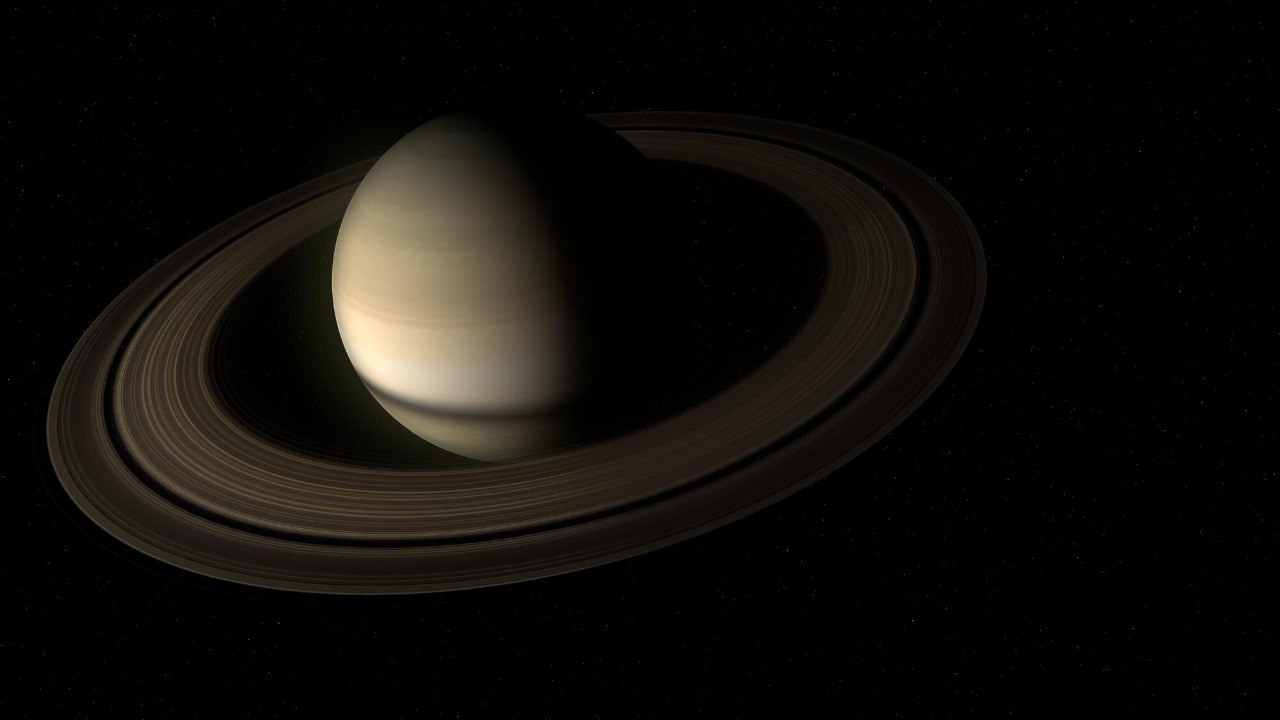
The disappearance of Saturn’s rings holds significant implications for our understanding of planetary systems. Studying the rings offers insights into the processes that drive the evolution of gas giants and their satellite systems. As Saturn’s rings fade, scientists have the opportunity to observe these processes in real-time, shedding light on the lifecycle of planetary rings. This knowledge not only enhances our understanding of Saturn but also informs theories about the formation and evolution of other planetary systems in our galaxy.
On a broader scale, the vanishing rings of Saturn serve as a reminder of the dynamic nature of the cosmos. As we observe similar phenomena in other planetary systems, we gain a deeper appreciation for the transient beauty of celestial features. The study of Saturn’s rings may also inspire new lines of inquiry in astronomical research, encouraging scientists to explore the mechanisms behind ring formation and destruction across the universe. Ultimately, understanding the fate of Saturn’s rings enriches our comprehension of the ever-changing tapestry of the cosmos.